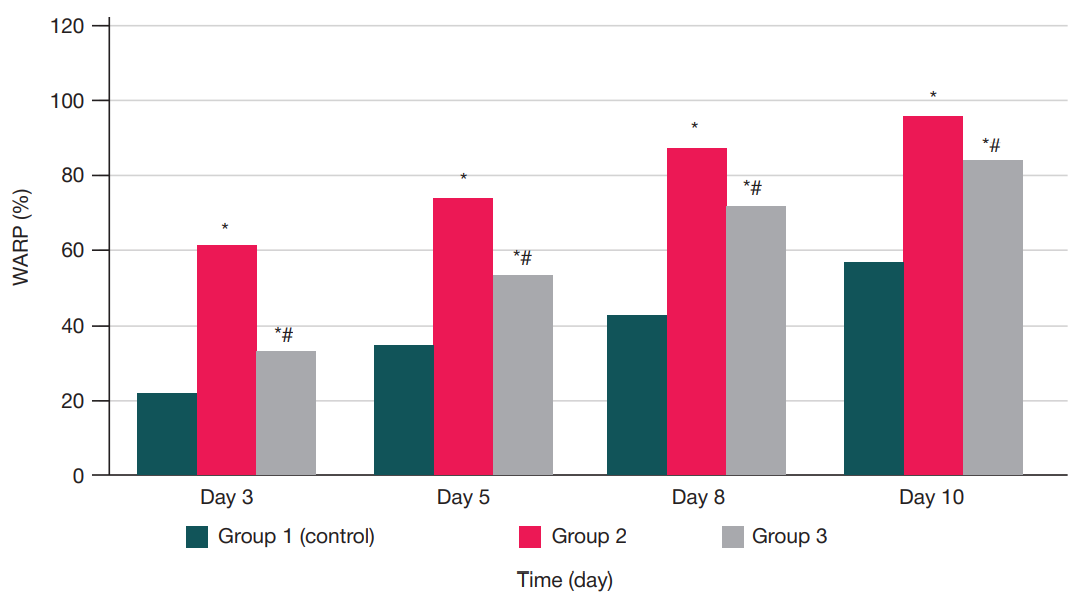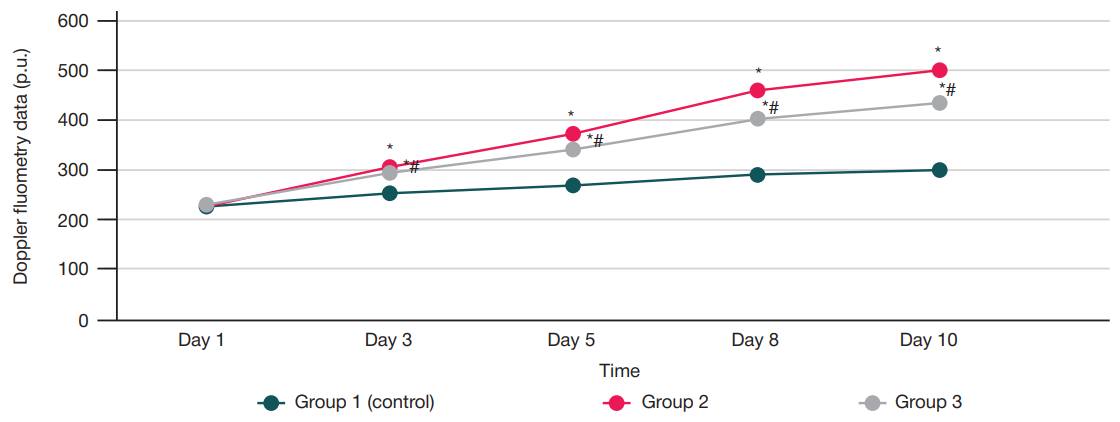
This article is an open access article distributed under the terms and conditions of the Creative Commons Attribution license (CC BY).
ORIGINAL RESEARCH
Local treatment of a contaminated skin wound using an original drug combination and magnetic therapy in an experiment
Kursk State Medical University, Kursk, Russia
Correspondence should be addressed: Alexey G. Terekhov
Karla Marxa, 3, Kursk, 305041, Russia; ur.xednay@6464retxela
Author contribution: Terekhov AG — study concept and design, analysis of the resulting data, editing; Pankrusheva TA — design of the drug combination, data collection; Chekmareva MS — design of the drug combination, data collection; Turenko EN — collection of material, statistical data processing, analysis of the resulting data, article preparation; Artyushkova EB — collection of material, analysis of the resulting data; Mishina ES — collection of material, statistical data processing, analysis of the resulting data; Grigoryan AYu — analysis of the resulting data, article preparation, editing; Myatechkin AA — analysis of the resulting data, article preparation, editing.
Compliance with the ethical standards: the study was approved by the Ethics Committee of the Kursk State Medical University (Minutes #7 of November 30, 2020). The series of animal experiments, the conditions of their detention met the requirements of the Strasbourg Convention for the Protection of Animal Rights (France, 1986) and GOST 33044-2014 Principles of good laboratory practice.




